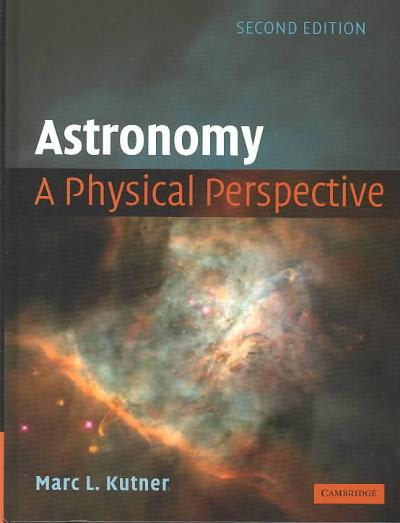Question
1. Electric room heaters use a concave mirror to reflect infrared (IR) radiation from hot coils. Note that IR follows the same law of reflection
1. Electric room heaters use a concave mirror to reflect infrared (IR) radiation from hot coils. Note that IR follows the same law of reflection as visible light. The mirror has a radius of curvature of 65.0 cm and produces an image of the coils 2.60 m away from the mirror. Find the magnification of the heater element. Note that its large magnitude helps spread out the reflected energy.
2. What is the focal length of a makeup mirror that produces a magnification of 1.40 when a person's face is 12.5 cm away? Explicitly show how you follow the steps in the Problem-Solving Strategy for Mirrors.
3.
a. A shopper standing 3.30 m from a convex security mirror sees his image with a magnification of 0.210. Where is his image?
b. Is his image in front or behind the mirror?
c. What is the focal length of the mirror?
d. What is its radius of curvature?
4.
a. An object 1.50 cm high is held 3.10 cm from a person's cornea, and its reflected image is measured to be 0.183 cm high. What is the magnification?
b. Where is the image?
c. Is the image in front or behind the cornea?
d. Find the radius of curvature of the convex mirror formed by the cornea.
5.
a. An object is placed 13.8 cm in front of a concave mirror that has a focal length of 23.8 cm. Determine the location of the image.
b. What is the magnification of the object discussed above?
c. In this example the image is which of the following? Virtual and inverted. Real and inverted. Real and upright. Virtual and upright.
6.
a. An object is placed 13.5 cm in front of a convex mirror that has a focal length of -22.5 cm. Determine the location of the image. (Denote virtual images with negative distances.)
b. What is the magnification of the object discussed above?
7.
a. An object is placed 14.5 cm in front of a convex mirror that has a focal length of -24.5 cm. Determine the location of the image.
b. What is the magnification?
c. In this example the image is which of the following? Virtual and upright. Real and inverted. Virtual and inverted. Real and upright.
Step by Step Solution
There are 3 Steps involved in it
Step: 1

Get Instant Access to Expert-Tailored Solutions
See step-by-step solutions with expert insights and AI powered tools for academic success
Step: 2

Step: 3

Ace Your Homework with AI
Get the answers you need in no time with our AI-driven, step-by-step assistance
Get Started


